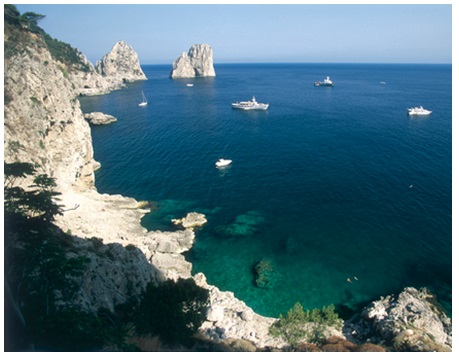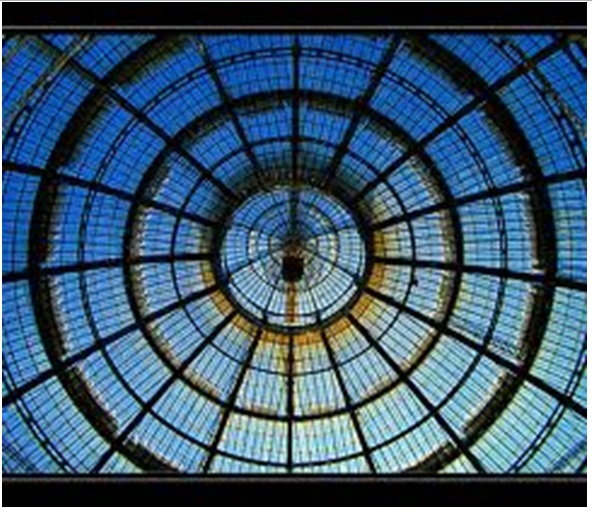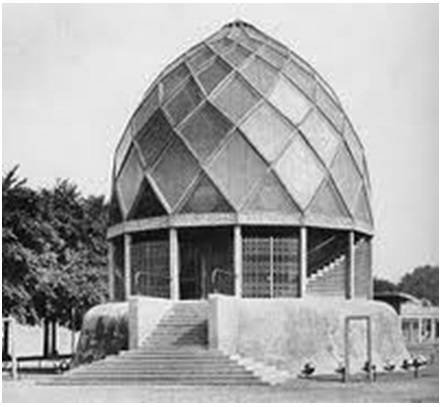The text under analysis is an attempt to examine several ideas in the sphere of architecture through the evaluation of different meanings during different periods. The author of the text chooses the city of Naples that “rises where the sea meets cliff” (Burgin 104) as the main subject of the word to describe it from a variety of perspectives.


The powerful aspect of the text is the necessity to combine architectural terms and ideas with different literary techniques. The author finds it interesting to use as many attributes as possible to describe the city with its buildings “divided into innumerable, simultaneously animated theatres” (Burgin 104). It seems to be a captivating adventure into the city with its own rules, principles, and ideas which are not identified still become crucial for people’s understanding of Naples.


In the text, the architecture of the city is analysed in different ways, and one of the most controversial is the idea that the city has the same characteristics as the human body has. To understand the essence of the city, it is necessary to remember Vitruvius and his evaluation of the human form. The point is that the author finds the body as the possibility to generate the building and to prove that the idea of the convergence (Burgin 107) may be observed in various forms. Western Europe has its ambitions and principles which are based on certain economic and political changes; these changes are reflected in many spheres of life, and architecture is not an exception.


Space is a significant element in the architecture of Naples, and the author of the text introduces several ideas of how space may define the development of buildings’ creation in the city. For example, he offers to remember the image of a wall made of steel and glass and the contributions of such sophisticated designers like Meyer and Gropius. The peculiar feature of such buildings is that people are provided with a chance to be inside and outside simultaneously. On the one hand, the wall performs the functions of a boundary line; on the other hand, it is hard to define this line in constructions made of steel and glass. Such attitude to the design is a new approach to human improvement and development; it is a new possibility to discover the world and learn from the inside and the outside; it is a chance to think differently without breaking any rules.

Finally, much attention is paid to walls and personal space which are crucial for people, still, for some reason, people do not find it necessary to support the idea of seclusion anymore. People suffer because of the inability to control their lives. As a result of the cold war promoted by society, a number of borders created once are now melting, and people put them under a threat of dissolution (Burgin 116).

This is why to protect human rights, to remember that boundaries have their purposes, and to prove that introverted windows in the form of computers and TV created by people are not always as safe as they seem to be, it is necessary to look around and realize how weak and dependent on outside factors people are. With the help of the text under consideration, it becomes clear that people themselves create some threats in their lives to achieve success, and even the evaluation of architecture and description of the city in pieces may be powerful proof of how unsafe living conditions can be.
Works Cited
Burgin, Victor. “The City in Pieces.” In Nadir Lahiji and Daniel Friedman Plumbing: Sounding Modern Architecture. New York: Princeton Architectural Press, 1997.